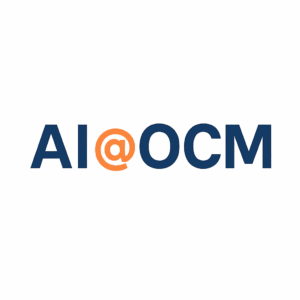In today’s competitive marketplace, identifying and swiftly responding to new opportunities is crucial for businesses seeking accelerated growth and profitability. The ability to adapt to emerging trends, customer needs, and competitive dynamics not only drives revenue but also builds a resilient business model. This post …











